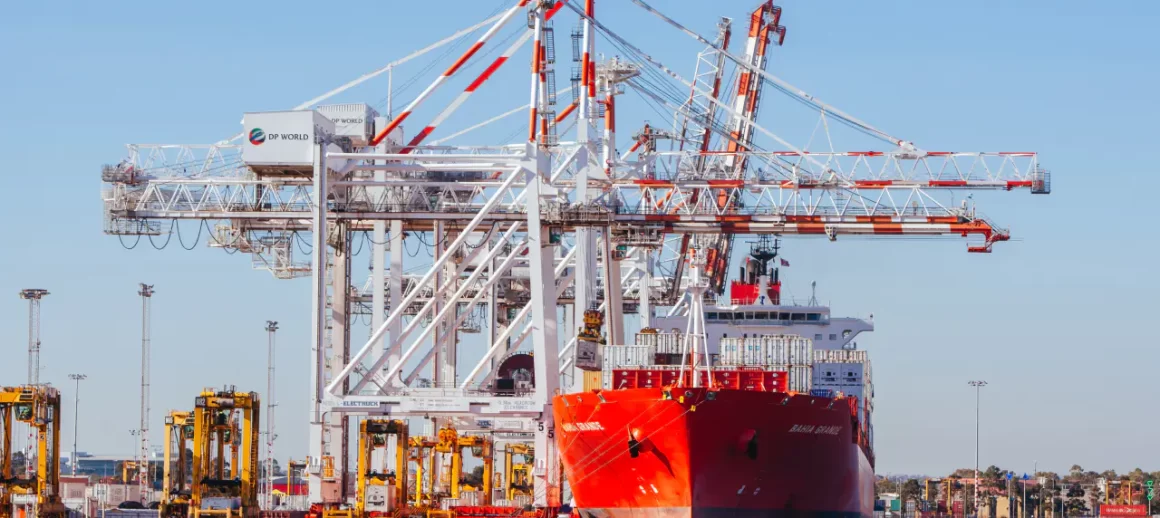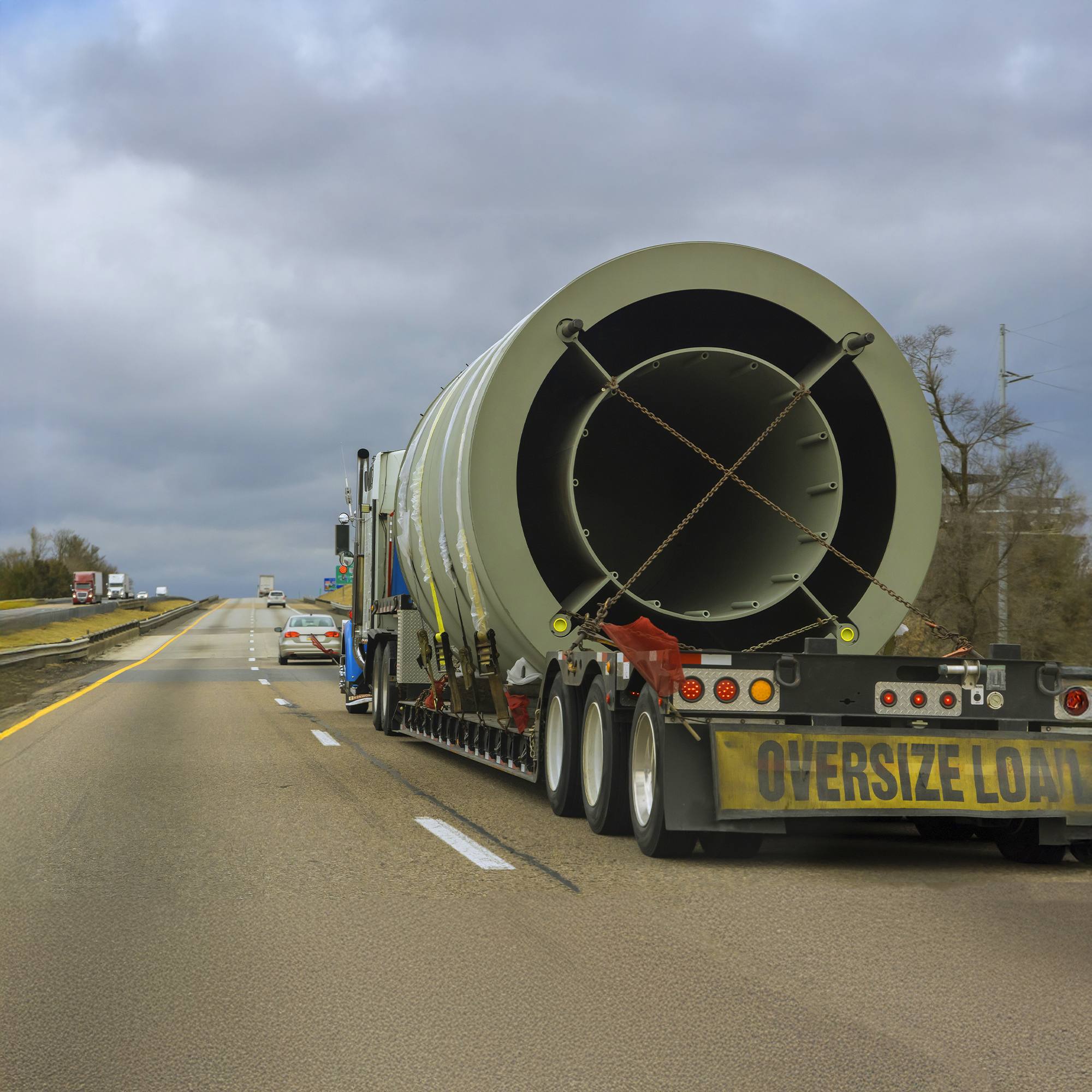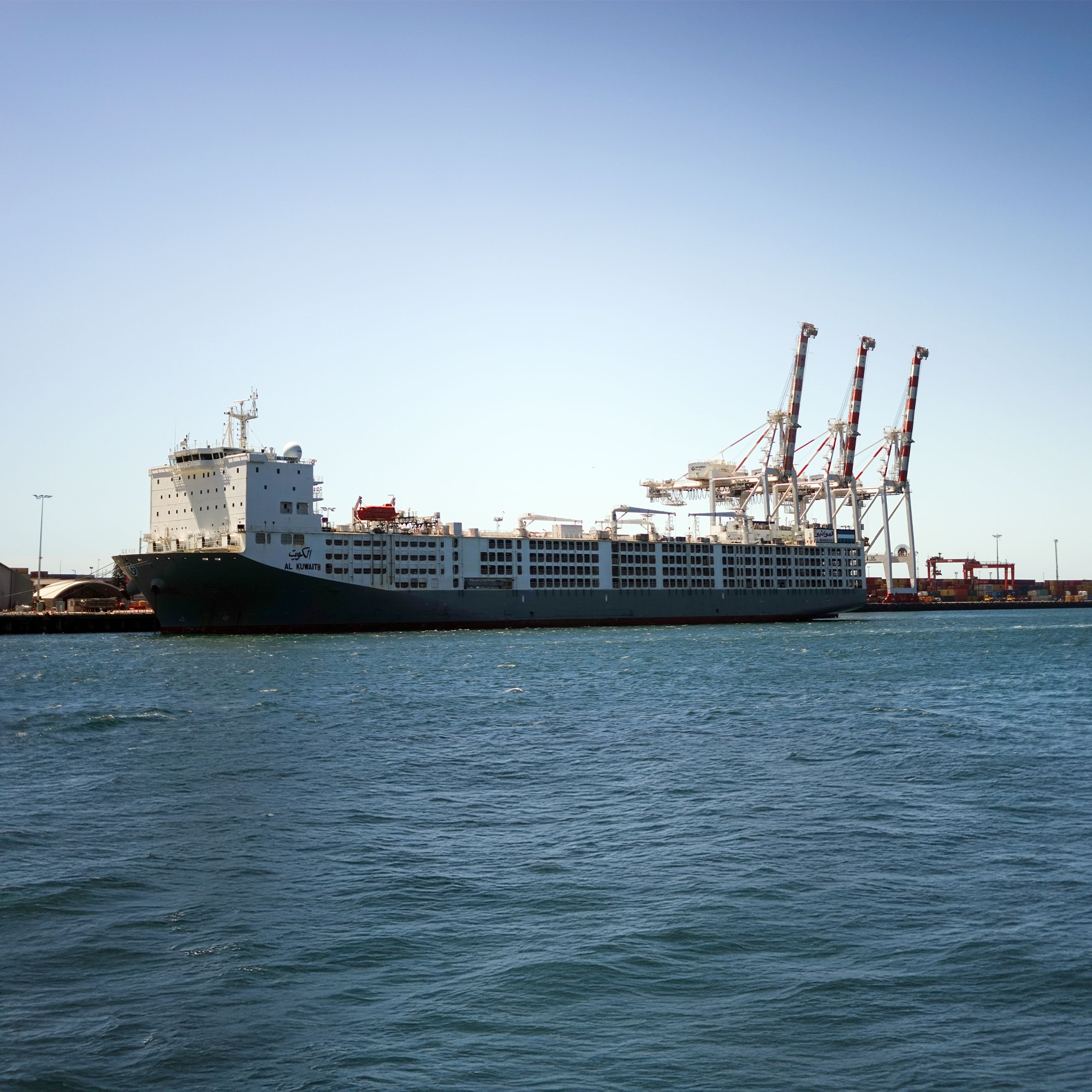
Atlantic Project Cargo delivers tailored solutions for multimodal freight transport between the USA and other regions, catering to heavy machinery, yachts, perishables, healthcare equipment, and advanced tech items.
The shipping of heavy and oversized equipment internationally necessitates an understanding of the destination country’s trade landscape, regulations, and industrial standing. In the case of Australia, a robust economy and a strong trade relationship with the United States make it a favorable destination for the transportation of such equipment.
Facts About Australia
Facts About Australia
Australia is a diverse and vast country with unique characteristics that are crucial for international businesses to understand. The primary language spoken is English, which facilitates communication and business dealings for most international entities.
As of the last census, Australia has a population of approximately 25 million people. The country spans multiple time zones, which can impact coordination and scheduling in a business context. Specifically, it covers three time zones: Australian Eastern Standard Time (AEST), Australian Central Standard Time (ACST), and Australian Western Standard Time (AWST).
The currency used is the Australian Dollar (AUD), which has a stable exchange rate, thus providing a predictable financial landscape for international transactions. Understanding these fundamental aspects of Australia will aid in navigating the business and logistical considerations essential for successful exporting to this market.
Australia’s Trade Overview

Australia maintains a vibrant trade relationship with numerous countries, with the United States being a significant partner. The exchange of heavy and oversized equipment is a crucial aspect of this relationship, fostering the growth and development of various sectors in both nations. The export and import of such equipment are facilitated by well-established freight and transportation networks, ensuring timely and safe delivery.
Heavy Equipment for Major Industries in Australia
Australia, with its vast expanse and diverse industries, often requires the import of heavy and oversized equipment to support its economic activities.
- The automotive industry not only receives imports of vehicles but import of heavy equipment to help power the country’s automotive manufacturing industry
- For the mining sector, which is a significant contributor to the country’s GDP, equipment such as large excavators, dump trucks, drilling rigs, and bulldozers are frequently shipped
- The construction industry, another major sector, demands cranes, concrete mixers, pavers, and earthmovers. In the agricultural domain, tractors, combine harvesters, and plowing equipment are essential
- Additionally, the energy sector, especially renewable energy, sees the import of wind turbine components and solar panel machinery
- The maritime industry, vital for an island nation, requires shipping of dredging machines, large boats, and submersibles and recreational boats such as yachts
It’s crucial to note that while Australia welcomes such imports, they are subject to stringent quarantine and customs regulations to ensure environmental safety and compliance with local standards.
Exporting To Australia: Opportunities
Below are some significant opportunities and the types of equipment that foreign exporters can export to Australia:
- Mining Equipment
Exporting mining equipment like excavators, drill rigs, and earthmovers can address the sector’s demands while contributing to the operational efficiency and productivity of mining companies - Construction Machinery
Shipping heavy construction machinery such as cranes, bulldozers, and concrete mixers can meet the growing needs of this sector - Agricultural Machinery
Tractors, harvesters, and irrigation systems are some of the equipment that can cater to the evolving needs of Australian farmers - Renewable Energy Equipment
Exporting oversized renewable energy equipment like wind turbines, solar panels, and related infrastructure can cater to the growing renewable energy sector - Transportation and Logistics Equipment
Moving heavy-duty trucks, trailers, and other logistic equipment can significantly impact this sector by ensuring the smooth movement of goods across the country
Exporting To Australia: Shipping Challenges
Exporting heavy and oversized equipment to Australia comes with its set of challenges that require meticulous planning and adherence to both local and international regulations.
- Strict Regulatory Compliance
Australia has stringent regulations concerning the import of heavy machinery and equipment and adhering to them requires a thorough understanding and compliance which can be time-consuming and costly - Customs Clearance and Duties
Navigating through the customs process and understanding the applicable duties can be complex and demanding. Misinterpretations or errors can lead to delays and financial penalties - Local Competition
The presence of local manufacturers and suppliers can pose a challenge as they might have a better understanding of the market, lower operational costs, and established relationships with customers - Technical Support and After-Sales Service
Establishing local service centers or partnerships may be necessary to ensure customer satisfaction and maintain a positive brand image - Environmental Concerns
Environmental sustainability is a critical concern in Australia. The exported equipment must meet the environmental standards and emissions regulations of the country to avoid legal complications and reputational damage
Ocean Freight Ports In Australia
As a significant player in the Asia-Pacific region, Australia prides itself on several crucial ocean freight ports that are instrumental to its international and domestic trade. Australia’s major ports include:
- Port of Melbourne
Situated in Victoria, it’s the largest and most significant port for handling container and general cargo in Australia - Port of Sydney
Located in New South Wales, it’s a major port facilitating the shipping of a diverse range of goods, including heavy equipment - Port of Brisbane
Situated in Queensland, this port is crucial for handling cargo and is the closest major container port to Asia - Port Hedland
Predominantly known for its iron ore exports, it is a linchpin for Australia’s mining industry - Port of Fremantle
Located in Western Australia, it serves as a vital hub for the transport of heavy and oversized equipment to and from the western part of the country




